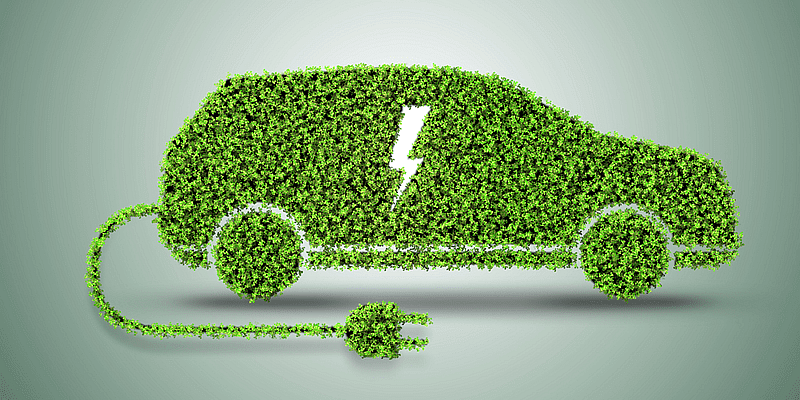Global Forum For Indurstrial Devlopment is SPONSORED BY ICO INDIA
- MP Society Registration (Act. 1973 No. 44) 03/27/01/21857/19 (MSME Forum Established Since-2009)

Electric vehicles have low running costs as they have less moving parts for maintaining and also very environmentally friendly as they use little or no fossil fuels (petrol or diesel). While some EVs used lead acid or nickel metal hydride batteries, the standard for modern battery electric vehicles is now considered to be lithium ion batteries as they have a greater longevity and are excellent at retaining energy, with a self discharge rate of just 5% per month. Despite this improved efficiency, there are still challenges with these batteries as they can experience thermal runaway, which have, for example, caused fires or explosions in the Tesla model S, although efforts have been made to improve the safety of these batteries.
It can cost as little as £7.80 to fully charge an electric car from home and can even be free in public car parks.
There are two main types of electric vehicles (EV); fully electric and plug-in hybrids:

Compared to an internal combustion engine, battery powered electric vehicles have approximately 99% fewer moving parts that need maintenance.
BEVs can be charged at home overnight, providing enough range for average journeys. However, longer journeys or those that require a lot of hill climbs may mean that the fuel cells require charging before you reach your destination, although regenerative braking or driving downhill can help mitigate against this by charging the battery packs.
The typical charging time for an electric car can range from 30 minutes and up to more than 12 hours. This all depends on the speed of the charging station and the size of the battery.
In the real world, range is one of the biggest concerns for electric vehicles, but is something that is being addressed by industry.

Rather than relying solely on an electric motor, hybrid electric vehicles offer a mixture of battery and petrol (or diesel) power. This makes them better for travelling long distances as you can switch to traditional fuels rather than having to find charge points to top up the battery.
Of course, the same disadvantages that apply to combustion engine vehicles also apply to PHEVs, such as the need for more maintenance, engine noise, emissions and the cost of petrol. PHEVs also have smaller battery packs, which means a reduced range.
TWI has been instrumental in the development of electric vehicles, assisting with light-weighting of the vehicles themselves, helping with joining and welding, mitigating against battery combustion and more.

Although the last 50 years have seen advances in the automotive industry, any new technologies and manufacturing changes have occurred relatively slowly across similar platforms, undertaken by similar companies. However, this looks set to change with electric vehicle development increasing in pace, not just for passenger cars but across the whole transport industry.
As electrification becomes mainstream, there are a number of ground-breaking changes all happening at once. These changes are not just technological, as electric vehicles move to replace internal combustion engines, but also impact ownership models as car ownership becomes less aspirational and fully autonomous vehicles move closer to becoming a reality. Indeed, ARM estimate that driverless cars will replace current vehicles by 2027.
These changes will create a range of challenges, including light-weighting and safety issues, even as electric vehicles look set to offer a number of benefits, not least environmentally.
